Spatial Computing Marketplace
Where function meets reality.
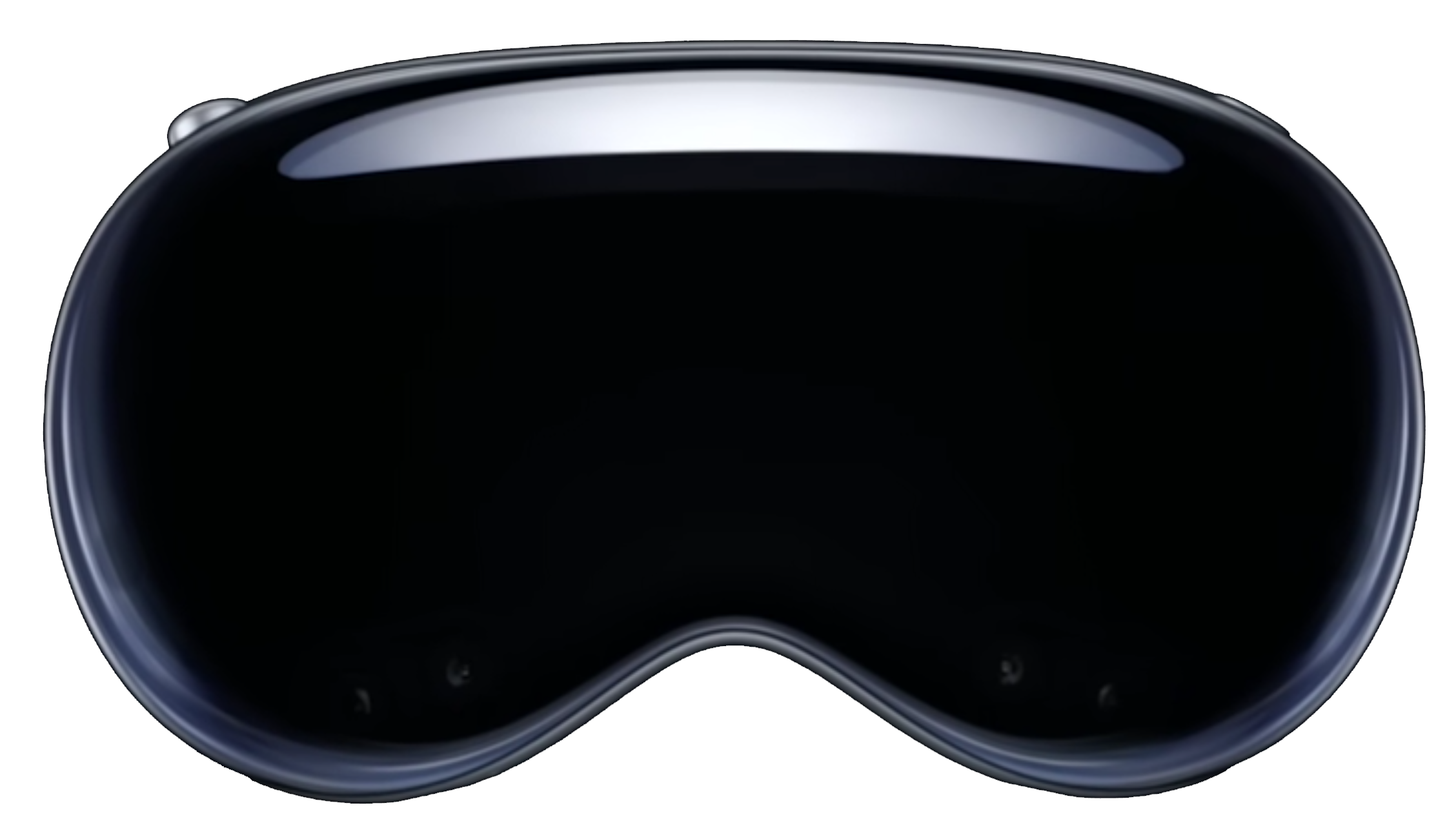
The Leaders in Spatial Computing
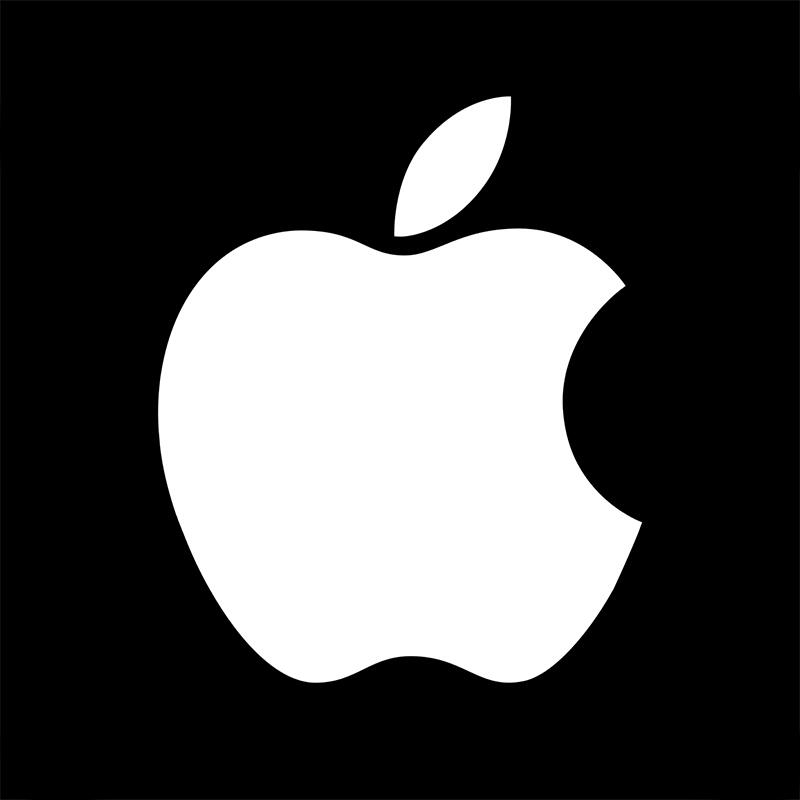
Apple
Step into the future of spatial computing with Apple Vision Pro, a cutting-edge headset that seamlessly merges augmented reality and virtual reality, promising an unparalleled immersive experience with sleek design and advanced spatial awareness capabilities.

Meta
Meta's Meta Quest 3, the world's first mass-market mixed reality headset, featuring powerful graphics, customizable design, and innovative Augments that seamlessly blend the virtual and real worlds.
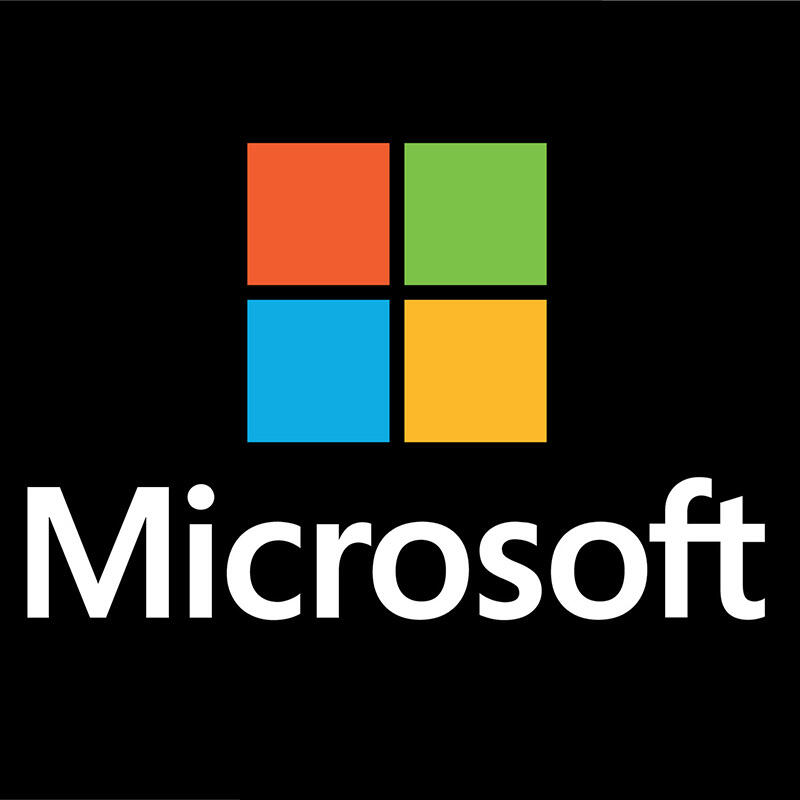
Microsoft
Microsoft's HoloLens is a well-known augmented reality (AR) headset, and the company has been actively investing in spatial computing and mixed reality technologies.
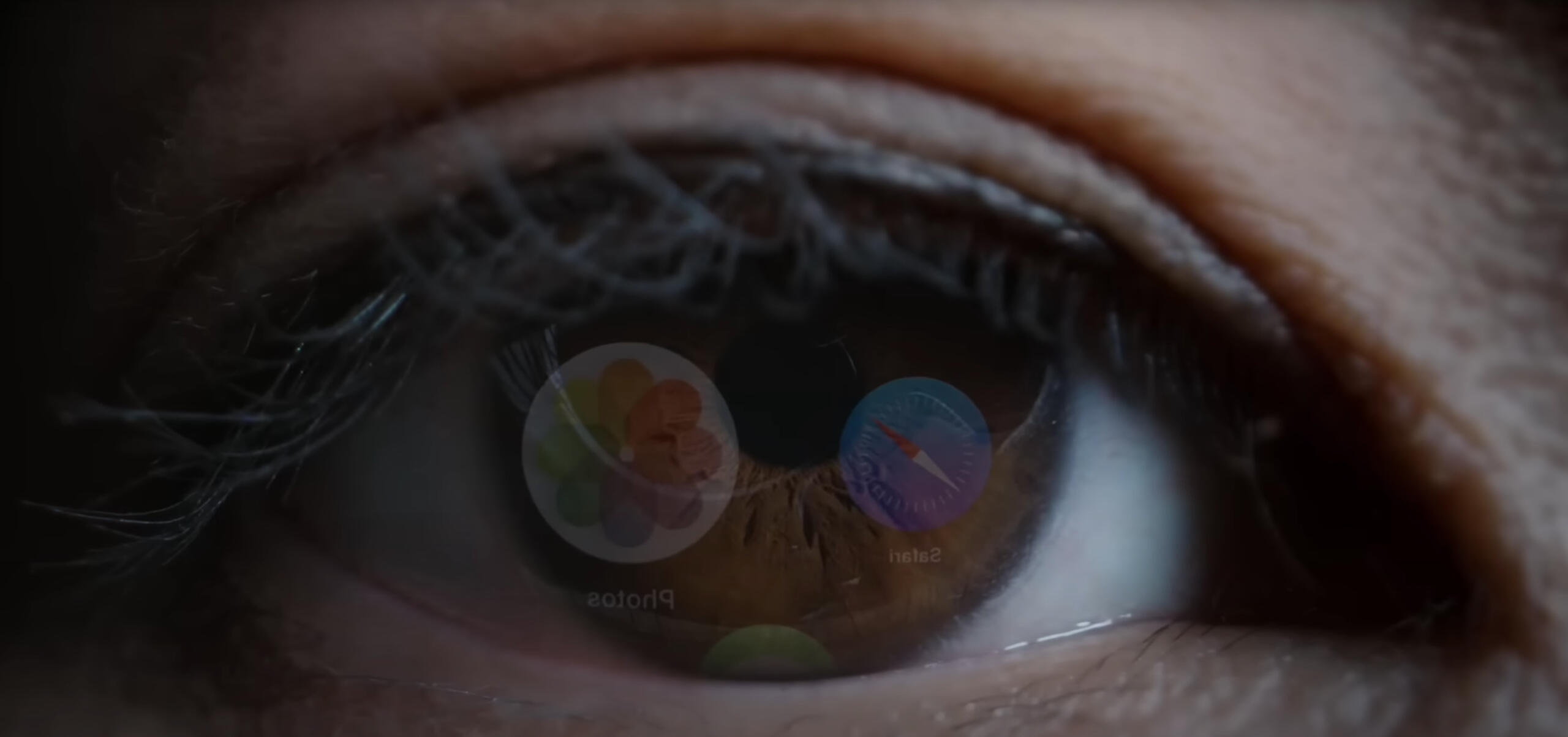
What is Spatial Computing?
Spatial computing refers to the use of computer technology to interact with the physical world in three-dimensional space. It involves the integration of digital information with the user's environment in real-time, creating an immersive and interactive experience. This technology enables computers to understand, interpret, and respond to the physical world, often using sensors, cameras, and other input devices.
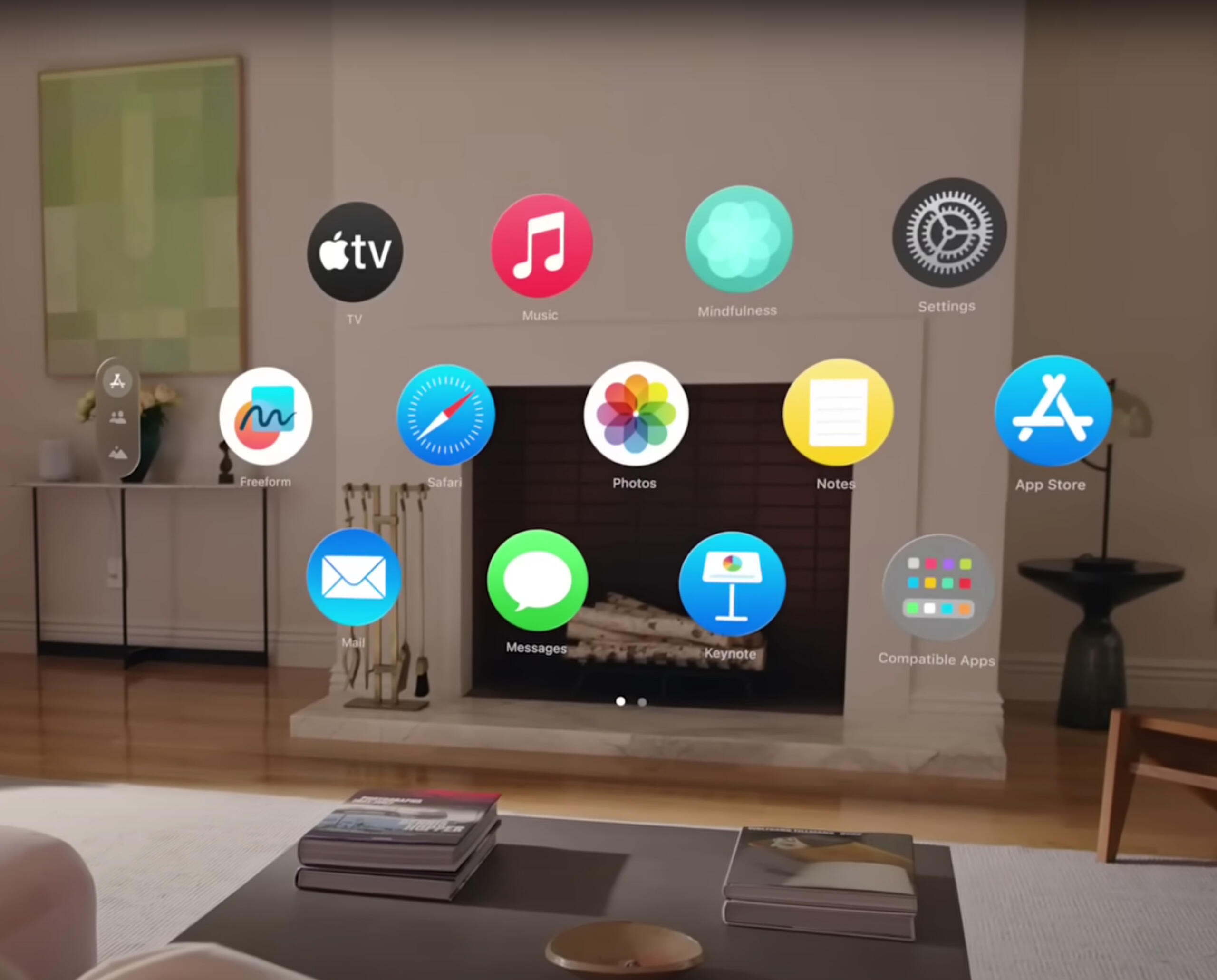
Spatial Awareness
Devices and systems in spatial computing have the ability to understand the user's physical space and location. This is often achieved through sensors like cameras, accelerometers, gyroscopes, and other technologies.
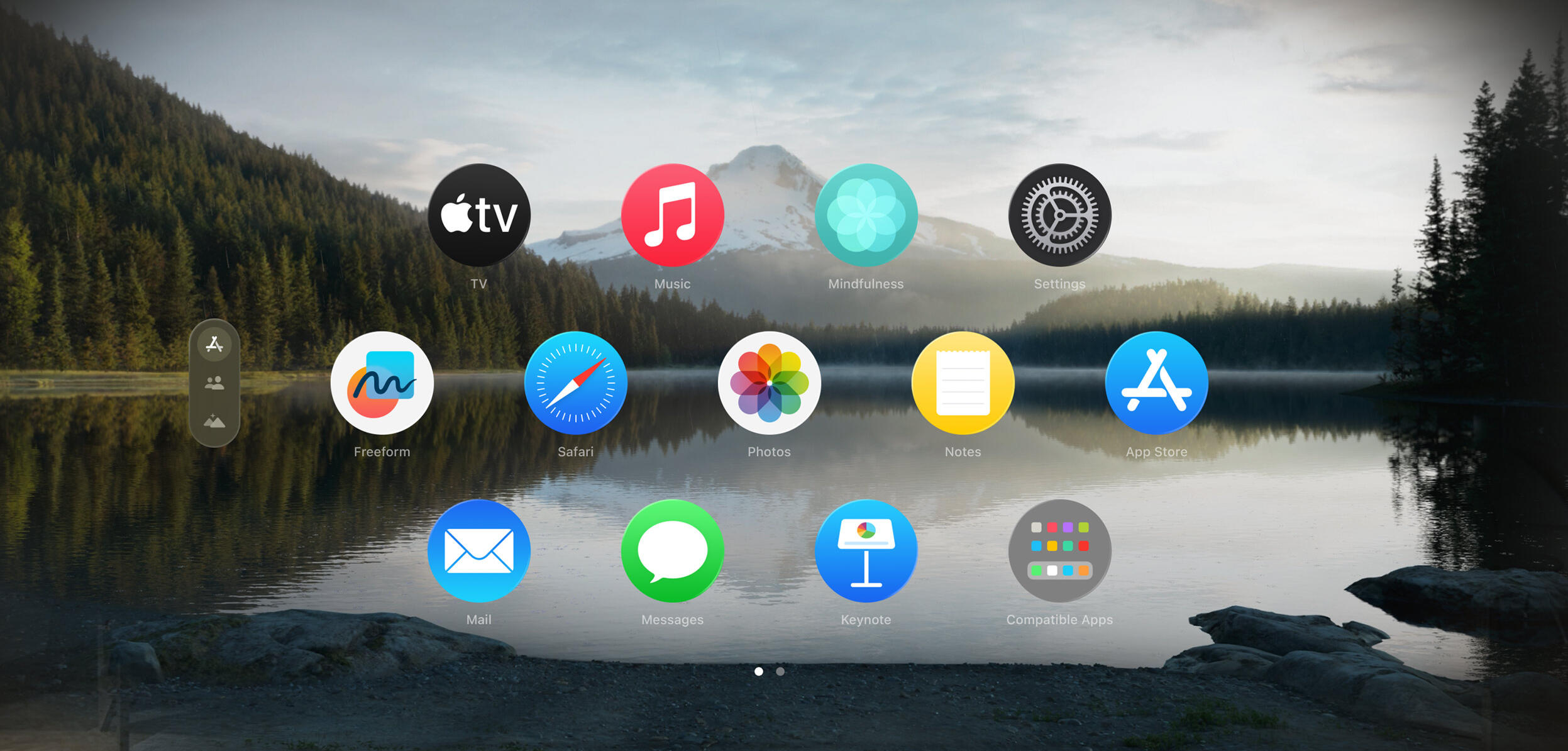
Mixed Reality (MR)
Spatial computing often incorporates mixed reality, which blends the physical and virtual worlds. This can range from augmented reality (AR), where digital information is overlaid onto the real world, to virtual reality (VR), where users are fully immersed in a computer-generated environment.
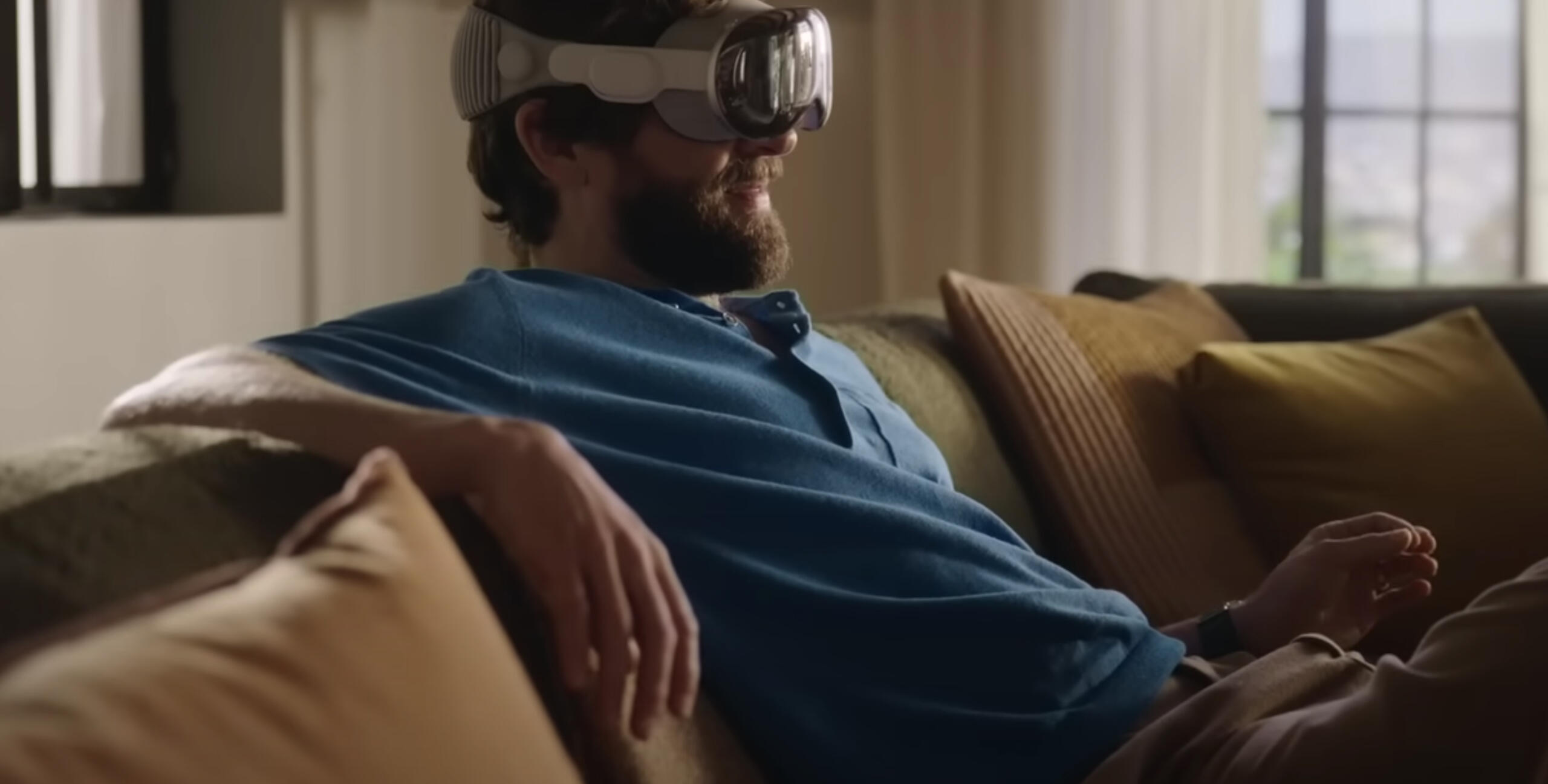
Gesture Recognition
Users can interact with spatial computing systems using gestures, movements, and other physical actions. This is made possible through technologies like computer vision and gesture recognition software.

Spatial Mapping
The ability to create a digital representation or map of the physical environment is crucial in spatial computing. This allows digital information to be accurately placed and interacted with in real-world spaces.

Wearable Devices
Spatial computing often involves wearable devices like smart glasses or headsets that enhance the user's perception of the world by overlaying digital content onto their field of view.
Spatial Computing Marketplace
We are currently building a spatial computing marketplace where both hardware and software developers can showcase their goods. If you are interested in getting your spatial computing offering listed on this site, please email us below.
Spacial Computing Marketplace Pricing
Pro Listing
$2,500
Premium listing
Basic Listing
$995
Standard listing
Contact Us for Details
© Functionality.net 2024